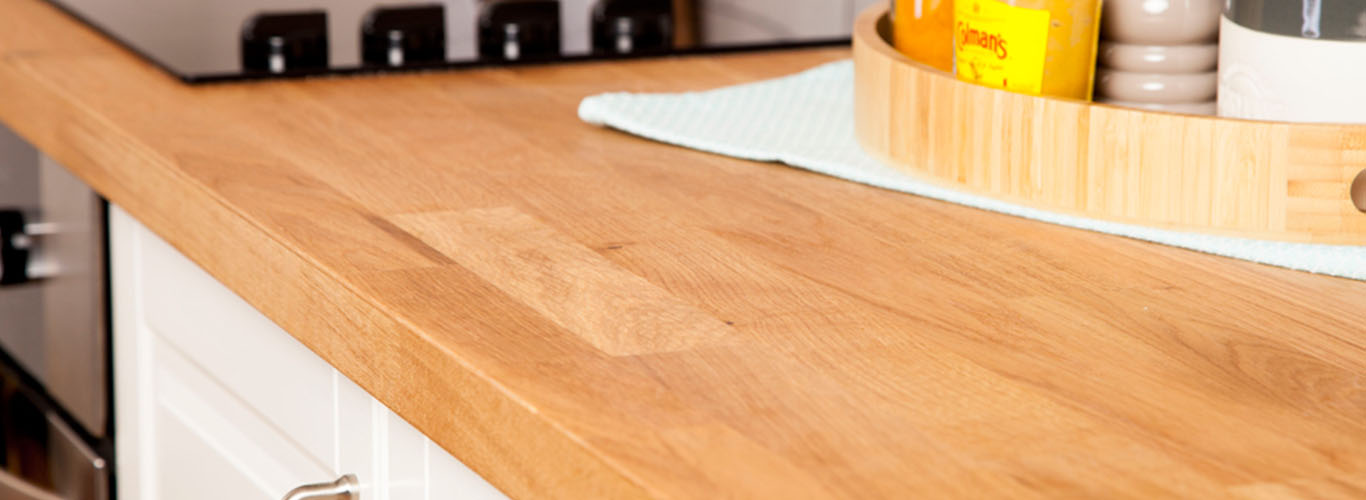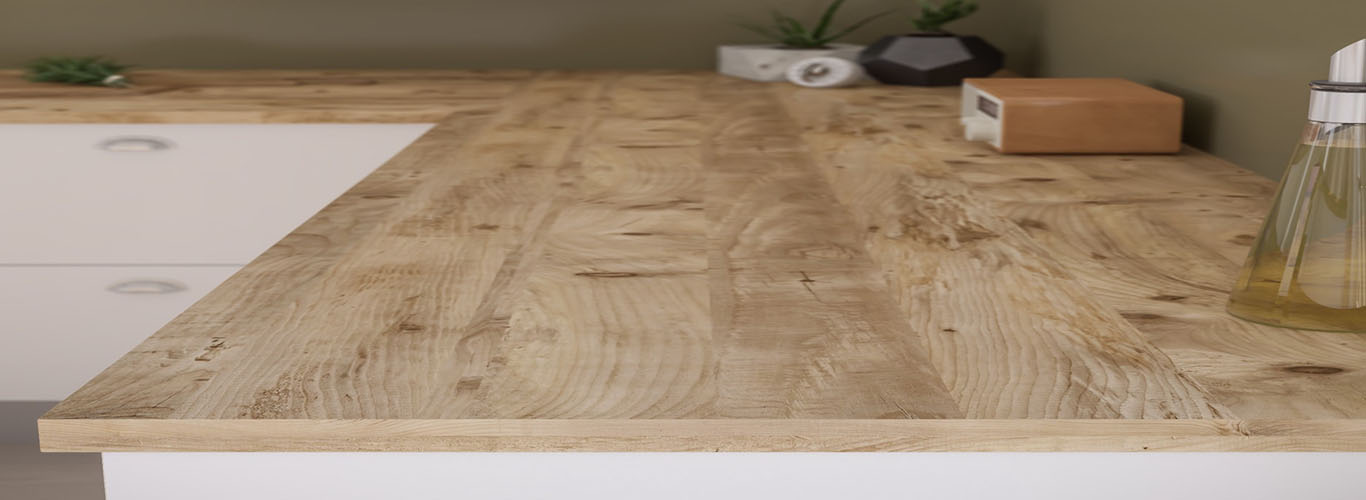Need Assistance?
If you have any question feel free to contact us!
Yes, it is possible to paint a laminate kitchen worktop. It’s a suggestive way to restore the older, stained kitchen worktop instead of replacing it with a new one for several reasons. First, replacing a new kitchen countertop may be a pricey choice since you have to purchase a new one and call a professional fitter to set it up, which is costly.
Moreover, removing and installing a kitchen counter disrupts the kitchen in most cases which is a headache for homeowners, and painting the laminate top can save you from it. Interestingly, painting a laminate kitchen worktop will help you update the kitchen look, cover up any existing damage or stains, or protect the surface from future wear and tear.
Consider the following tips when painting a laminate kitchen worktop to ensure a safe and effective transformation.

Note: The process/ steps of painting a kitchen worktop may vary depending on the kitchen, your personal preferences, and the instructions the manufacturer has listed for a particular paint. But the most common steps for painting a laminate kitchen worktop are included as follows.
The followings are the tools and materials required for painting a laminate kitchen worktop.
Note: Gathering all these tools and materials before painting is essential. This will ultimately save you a lot of time and enhance your creativity.
Once you have gathered all the necessary tools and equipment, it’s time to prepare the tools, kitchen, and workspace for the painting. Follow these steps:
Note: Avoid using ammonia-rich cleaners when cleaning the granite and laminate surfaces.
Note: Some manufacturers say ‘it does not require an undercoat’ for many paints. Don’t listen to it; do it anyway to ensure a future-proof kitchen worktop. Primer is designed to enhance the bonding capabilities of the paint and laminate surface, so it’s necessary.
Note: Be careful not to apply too much pressure, as this can create uneven patches
Note: After you have painted and applied a protective coat, the countertop may take over a week or two weeks, depending on the worktop, paint, and protective coat. Wait until it’s completely dried to ensure longevity.
Need Assistance?
If you have any question feel free to contact us!
